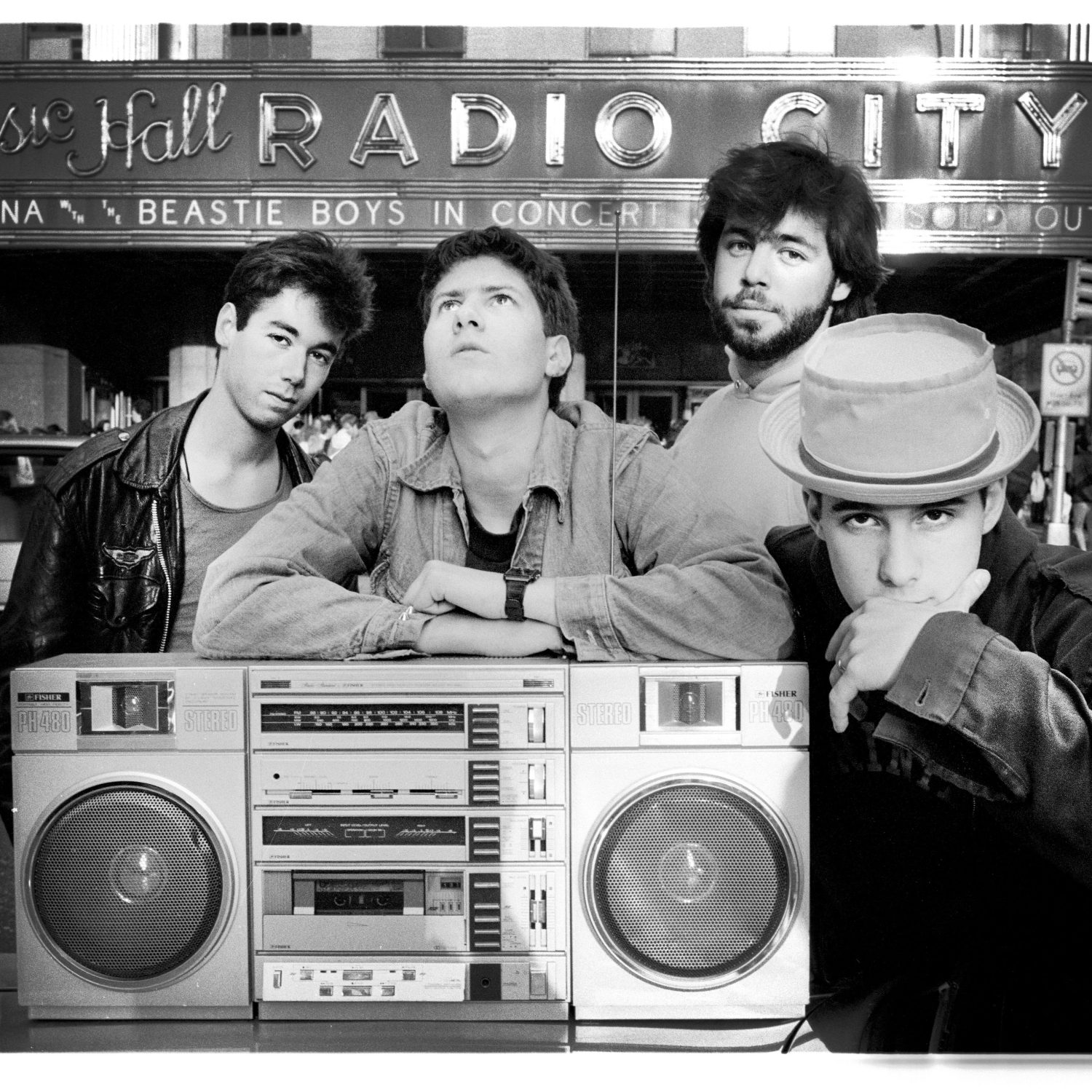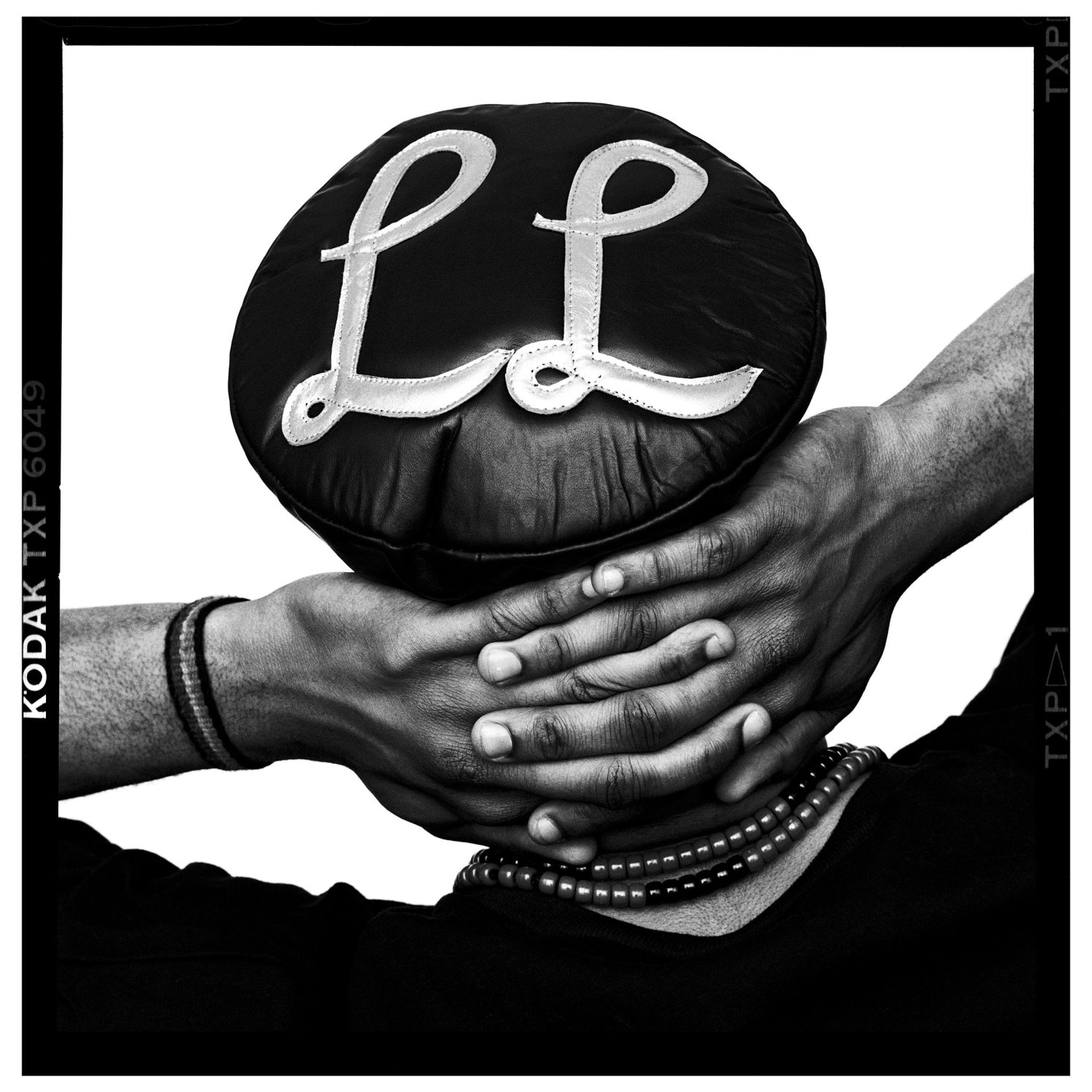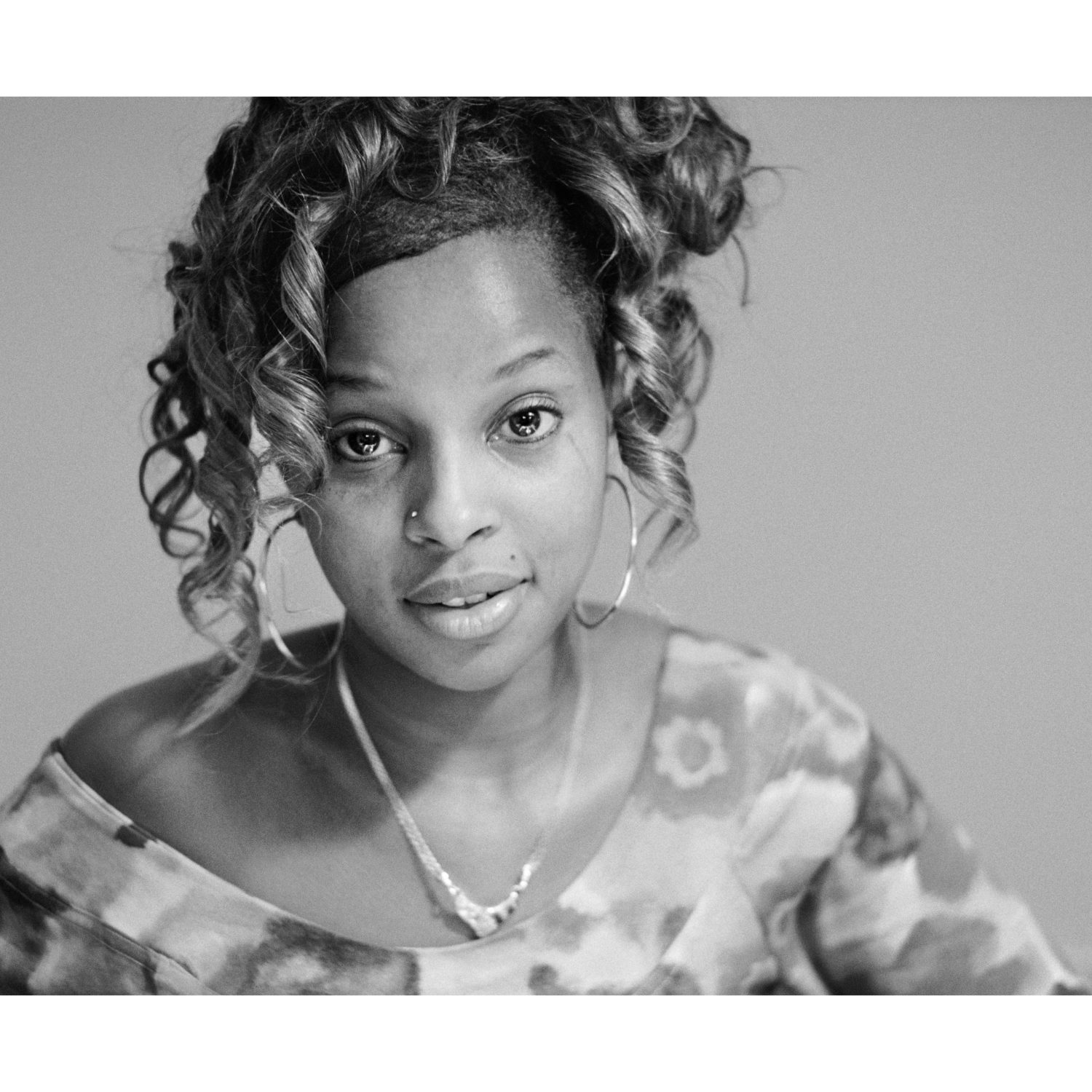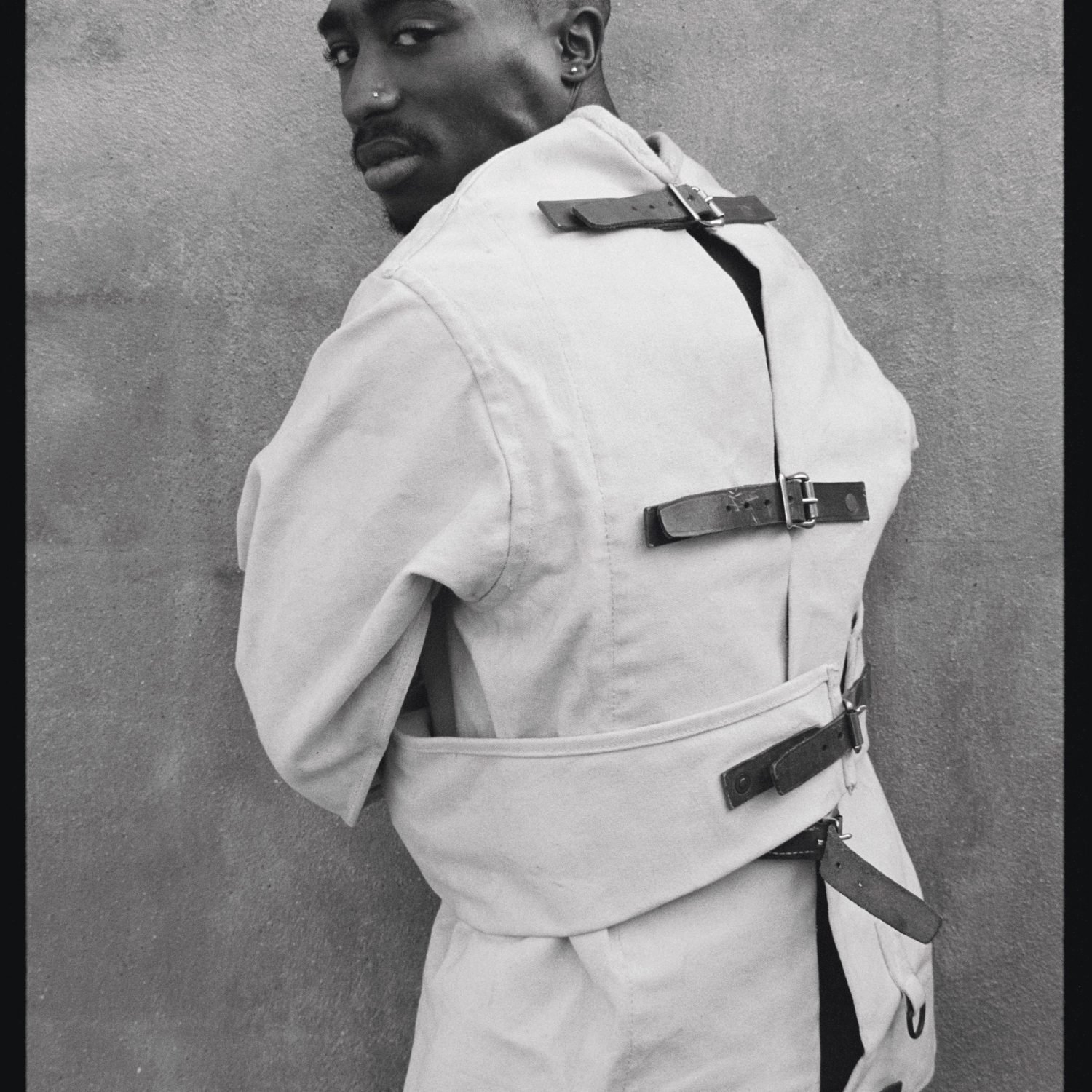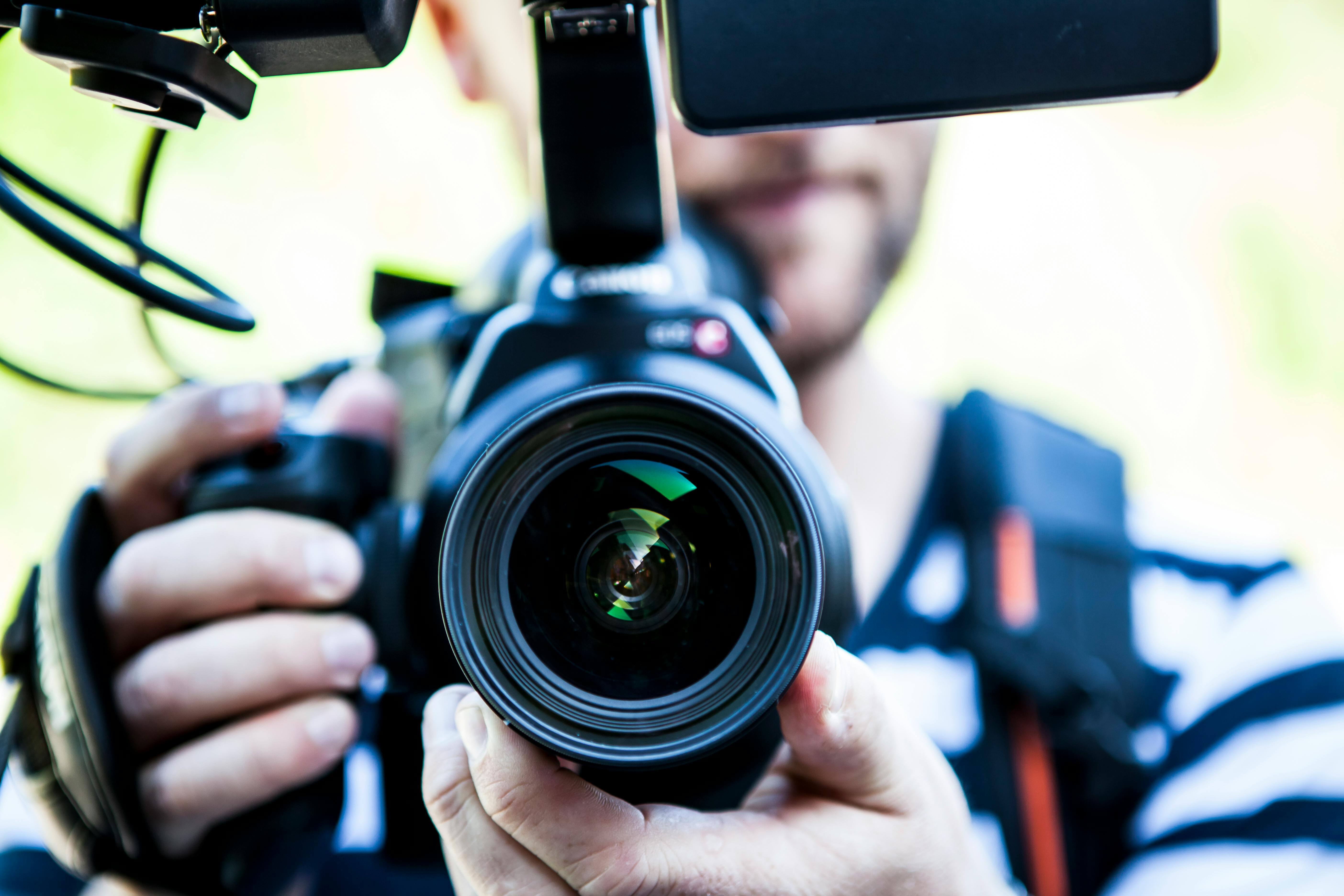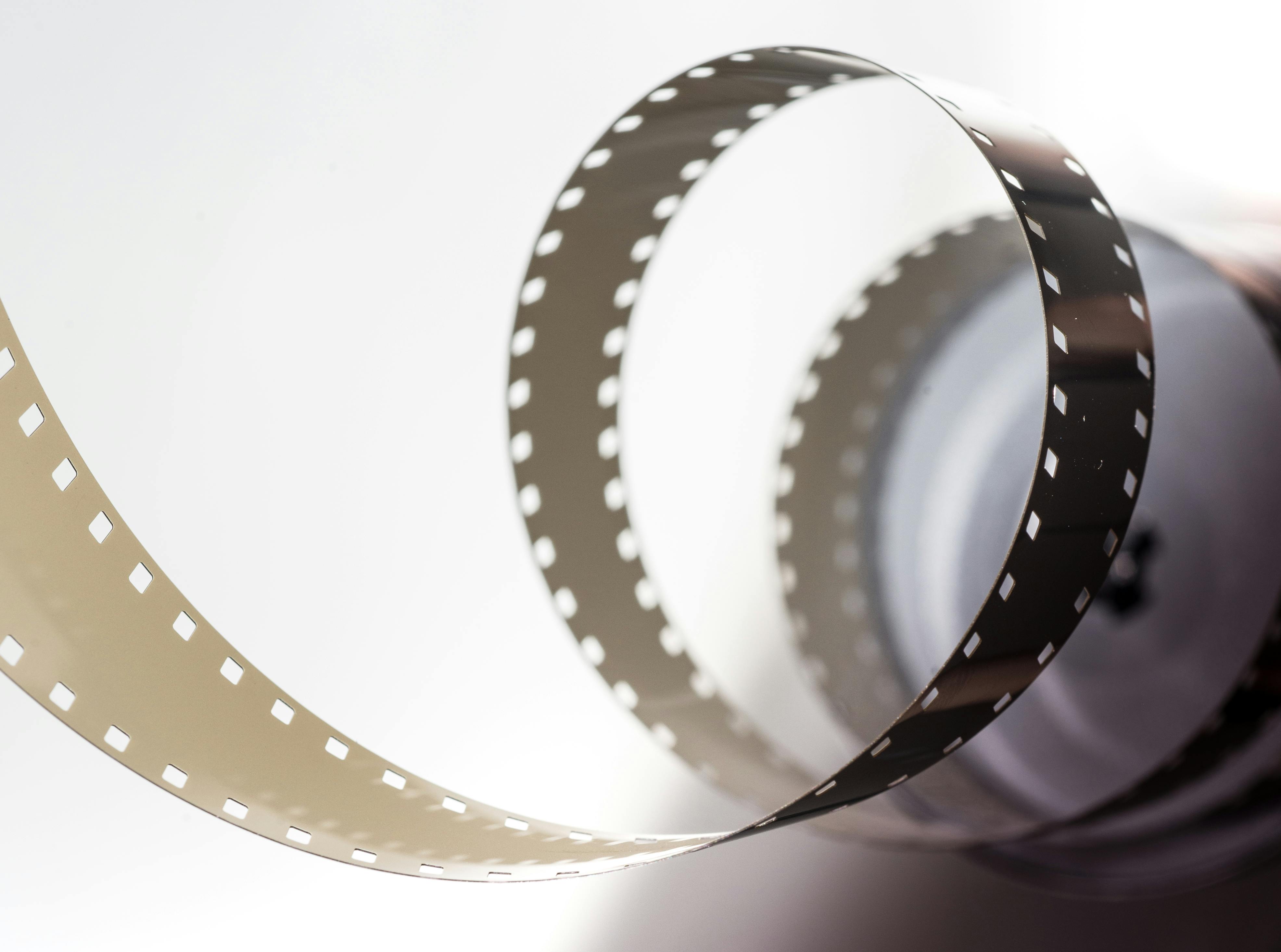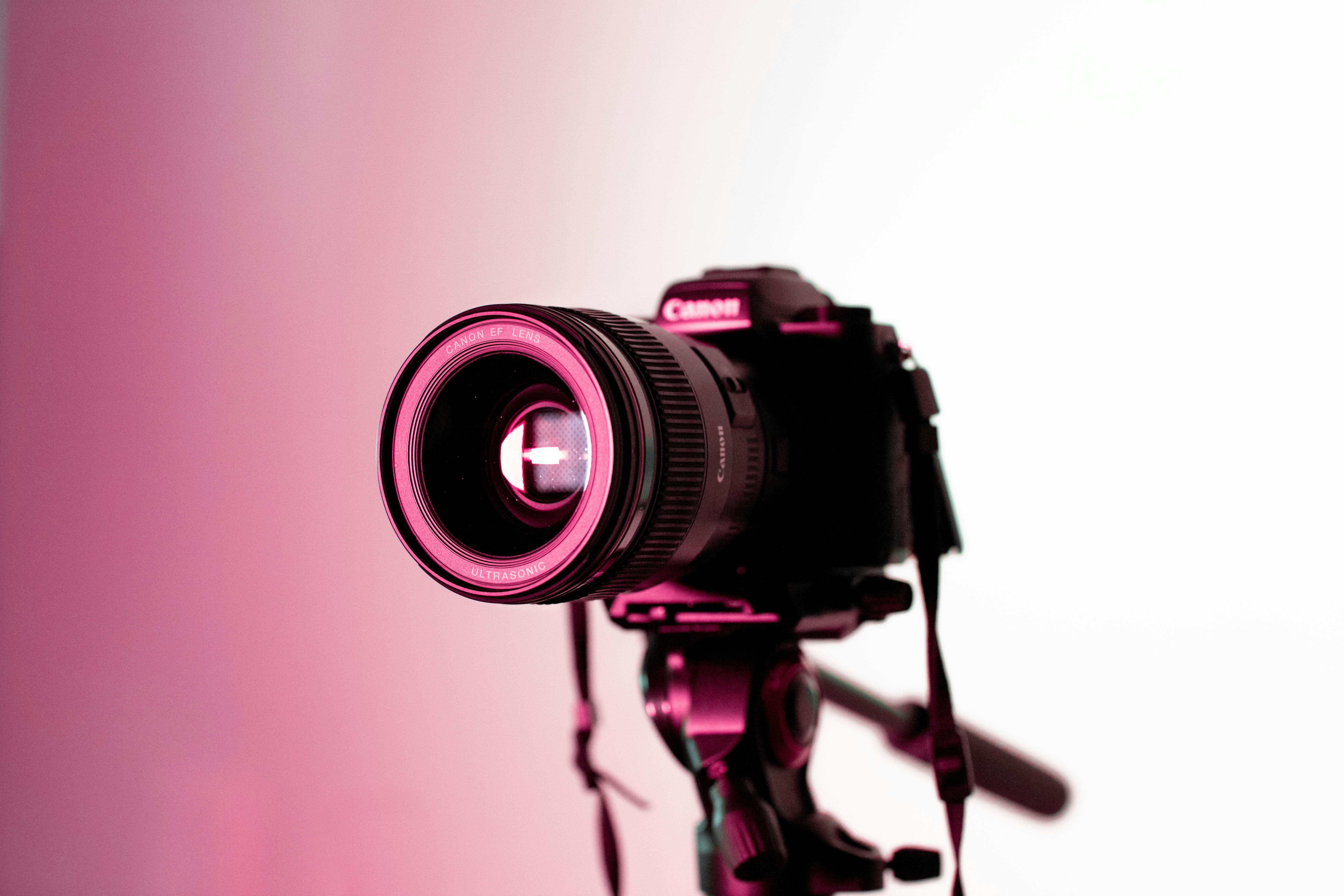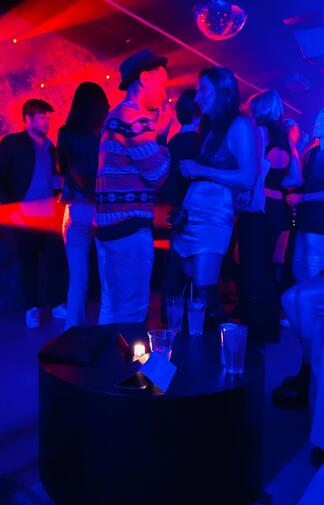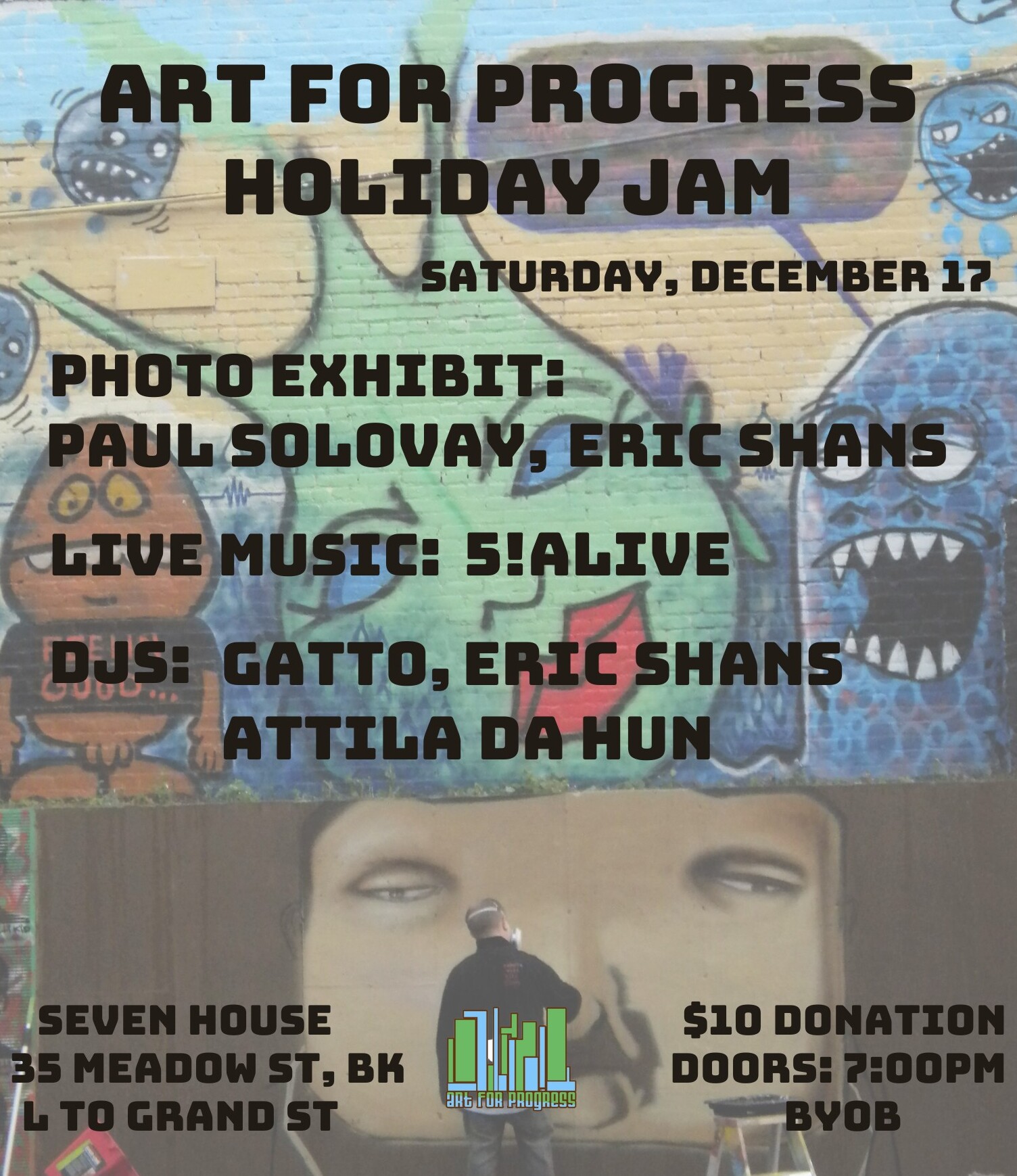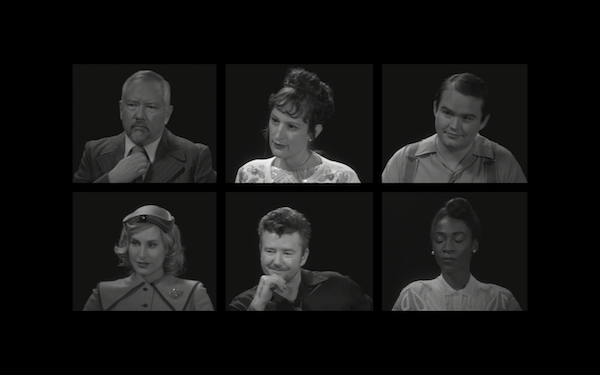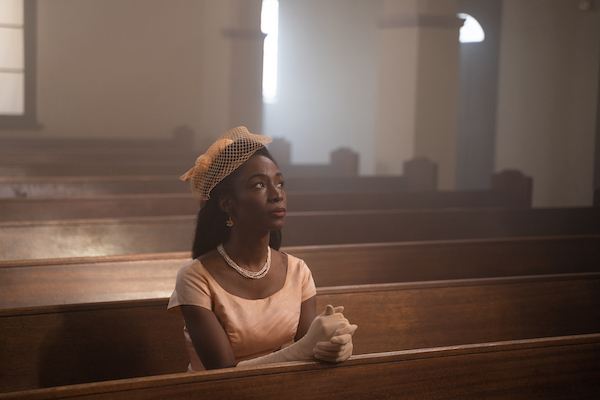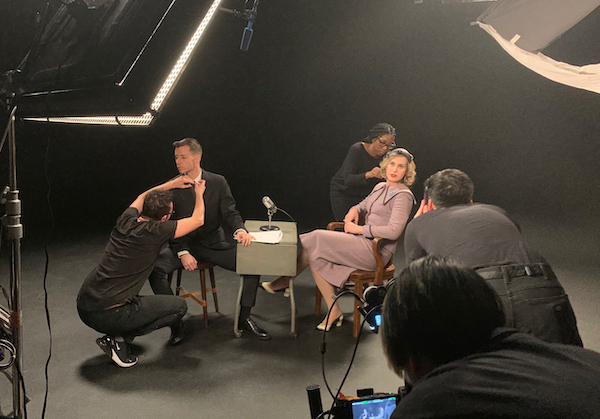- 2 years ago
-
Photography Exhibition, Fotografisca, New York, January 26, 2023 – May 21, 2023
We had the pleasure of visiting the museum and viewing this groundbreaking exhibit last week. The museum alone was a fun, enlightening experience. Rather than the stuffy, quiet, almost sterile environment one comes to expect at a museum, Fotografisca is warm, inviting, and bustling with activity. They encourage you to grab a drink while you view the exhibition. So, that’s what we did.
1985, Josh Cheuse, “Beastie Boys Radio City New York, 1985” The exhibition, featuring many rare works of over 50 artists spans the history of hip hop and the culture. Ranging from iconic staples of visual culture (presented with new context) to rare and intimate portraits of hip-hop’s biggest stars, the works on view traverse intersecting themes such as the role of women in hip-hop; hip-hop’s regional and stylistic diversification and rivalries; a humanistic lens into the 1970s-Bronx street gangs whose members contributed to the birth of hip-hop; and the mainstream breakthrough that saw a grassroots movement become a global phenomenon
1992, Jesse Frohman, “LL, LLCool J” “It’s easy to forget that there was a time before hip-hop was an industry and before it made money,” said Sacha Jenkins, exhibition co-curator and Chief Creative Officer of Mass Appeal, who came of age in New York’s hip-hop scene of the 1980s (b. 1971). “It wasn’t conscious of itself. It was just existing with young people living their lives, dressing as they did, trying to entertain themselves with limited resources and creating an aesthetic that registered amongst themselves. It wasn’t for the world; it was for a very specific community. Then there was an exponentially paced transition where hip-hop culture became a conscious of itself as an incredibly lucrative global export. The exhibition’s lifeblood is the period before hip-hop knew what it was.”
1991, Lisa Leone, “Mary J Blige, New York City, 1991” The exhibition brings audiences through five decades of history, culminating in recent imagery of the biggest names working in hip-hop today. The show, which features archival ephemera to augment the contextualization of its photography, is principally laid out by chronology and geography. Focus areas include but are not limited to the early years, East Coast, West Coast, the South, and the newer wave of artists who have emerged since the mid-aughts.
1993, Sean Mortensen, “Tupac (straight jacket)” Whether you’re a hip hop fan or not, this show is worth a visit to the museum. Artistically, the depth and scope of the work is amazing. From classic snaps in the NYC subway to the shots on the streets across the big apple, the exhibition will bring you back to memories of another day- the music, fashion, culture, vibe.
Congratulations to the museum, the curators Sacha Jenkins and Sally Berman and all of the participating artists.
*ALL IMAGES COURTESY OF FOTOGRAFISKA NEW YORK AND COPYRIGHT OF THE ARTIST *EXCERPTS TAKEN FROM THE OFFICIAL PRESS RELEASE BY MOLLY KRAUSE.
Latest News
- 2 years ago
-
Great films capture stories that are worth telling, and more and more filmmakers are able to make films because of the evolution of cameras. From the top-of-the-range 35mm and RED cameras used in Hollywood blockbusters to the 16mm and digital cameras used by independent filmmakers, there are a wide range of options available. This allowed filmmakers like Richard “R.G.” Miller to acquire a cheap camera and begin making movies in his early teens.
Today’s movies are being created with new-generation cameras, such as the ones offered by IMAX. An article by The Hollywood Reporter reveals that renowned filmmaker Christopher Nolan has shot Oppenheimer, which focuses on the life of physicist J Robert Oppenheimer, with IMAX film cameras.
If you want to learn more about the different cameras used by various directors, read on.35mm filmmaking cameras
Thomas Edison is credited with inventing the very first 35mm motion picture camera. According to a 2020 No Film School feature titled ‘When Were Cameras Invented?’, Edison and his team developed the device in the early 1980s. Once done, the Kinetograph was able to take a series of photos on 35mm film stock. By 1895, Louis and Auguste Lumiere invented the Cinematographe, which took and projected film.
Since then, most movies were shot on 35mm until digital cameras became more popular. Interestingly, a 2022 Filmmaker write-up shows that various directors continue to debut features that are shot on 35mm. For one, Michael Morris opted to produce To Leslie with 35mm. In the interview with Filmmaker, Larkin Seiple, the movie’s cinematographer, explained that shooting with 35mm allowed them to achieve their desired light looks.Digital SLR cameras
Many movies are now being shot with DSLR cameras. For instance, Noah Baumbach, an independent film director, has utilized these devices to convey realistic narratives. In particular, a Straight From a Movie feature reveals that Frances Ha was shot with a Canon 5D camera. This shows how you don’t need traditional film equipment to capture and celebrate life’s mundanities. This is why the Canon EOS 5D Mark IV is listed as one of the top DSLR cameras on Adorama. Using this widely available camera a director can easily produce smooth and highly-detailed clips. This is because it’s equipped with features like a full-frame, high-speed CMOS sensor, and accurate AF tracking. It likewise boasts powerful processing abilities, so aspiring filmmakers can capture sharp and well-illuminated videos despite being low on budget.
Similarly, Damien Leone, who directed the indie horror sensation Terrifier 2, dedicated most of his funds towards the effects work and makeup. The Collider article explains how horror films that are shot with low-grade DSLRs can generate a creepier atmosphere. By utilizing adequate yet effective equipment like DSLRs, Leone could better produce chilling and unforgettable characters such as Art the Clown.RED cameras
Credit: -Roge- under license CC BY-SA 2.0 No changes were made to the image The RED cameras listed on IndieWire, such as the RED One Model, reveal that when these products became available, they quickly became an important tool for directors and cinematographers. To illustrate, Steven Soderbergh, known for directing Ocean’s Eleven, shot both installments of Che with a RED camera. Apart from Soderbergh, cinematographer Erik Messerschmidt shared in his interview with IndieWire that, “Shooting on film would have significantly limited our creative choices, particularly with focus and depth of field.” Luckily, with RED cameras, Messerschmidt could achieve the level of control he needed when he helped shoot films like The Curious Case of Benjamin Button and Mank.
Currently, RED cameras are a fixture in major studio productions such as Birdbox, Captain Marvel, Entourage, and The Suicide Squad. However, indie filmmakers who are working with low production funding can utilize the RED Komodo, which can seamlessly capture detailed 6K clips.
If you wish to become a filmmaker one day, remember that a large production isn’t necessary to produce meaningful outputs. This article has illustrated that having a reliable camera can help you capture the story you want.
- 2 years ago
-
Over the last several years if not longer, there’s been an exodus of nightclubs in Manhattan. High rents and the burgeoning scene in Brooklyn took a toll on the once king of the boroughs for nightlife.
Over the last 6 months, some new spots began to pop up in the city. Last Thursday night I decided to check out this new club called Virgo in the LES. Some DJ friends were talking about it online. So, I decided to venture down to Grand Street to see what this new spot had to offer.
Upon arriving, there was a small cue with some dudes in line that had no shot at making it inside. A rather funny conversation was going on, but we won’t get into that. The maze like entrance led us to a long bar where we grabbed some lovely drinks from Luciano (bartender) before finding our way to the main area, dance floor. The first thing that caught my attention, was the high quality sound and the creative lighting that brought a cool vibe to the room. The DJs were spinning some funky tech house for a fun mix of downtown clubbers who were ready to party.
Virgo is a refreshing addition to the NYC nightlife scene and a spot where you can hear quality house music without all the hang ups of going to a big club in Brooklyn.
- 2 years ago
-
Courtesy of Kino Lorber An intriguing new film from Chase Joynt, Framing Agnes is a docudrama hybrid that delves into a notorious 1960s gender health study at UCLA. Using reenactments, the film fleshes out several of the study’s transgender subjects, including the titular pseudonymous Agnes, who became renowned for “tricking” UCLA in to obtain gender-affirming surgery at a time when such procedures were only done abroad and trans Americans were little seen or understood.
At the beginning of the film, we see news footage of trans pioneer Christine Jorgensen, then one of the most famous women in the world. At the time (1950s) her blond, glamorous image (representing the apex of American femininity) was one of the few public representations — and for many, the only one — of a transgender woman. Joynt then introduces us to six subjects of the UCLA study portrayed by trans actors including Angelica Ross (Pose), Jen Richards (Mrs. Fletcher), and Zackary Drucker (Transparent), as they reenact actual interviews with sociologist Harold Garfinkel (played by Joynt himself), taken directly from unearthed transcripts. They are a cross-section of America, including the blonde, glamorous Agnes (Drucker); church-going African-American Georgia (Ross), and midwestern, working-class Denny (Silas Howard); all of them sharp, thoughtful, and crystal clear about themselves and their place in society at the time. Filmed in black and white, these scenes are fraught with tamped down emotion as the subjects calmly explain themselves to an often clueless Garfinkel. At times, Joynt and an actor will interrupt a scene to talk about the character or the words of the transcript, giving some interesting context and background to the process.
Angelica Ross by Stephanie Owens/Courtesy of Kino Lorber Interspersed throughout are snippets of the actors talking about their own lives, as well as commentary from current trans figures including scholar and researcher Jules Gill-Peterson, weighing in on this important chapter in trans history. The “talk show” format of the reenacted interviews reflects the fact that transgender people have been guests on many actual TV talk shows over the years, often portrayed as exotic novelties. Included are scenes from Katie Couric’s 2017 documentary Gender Revolution featuring Carmen Carrera, Laverne Cox and others. Couric was criticized at the time for her sensationalistic emphasis on the physical aspects of transitioning, a reflection of the media’s general fascination.
Framing Agnes is straightforward, moving and revelatory for both viewer and the actors themselves, some of whom are as surprised as we are by the subjects’ frank conversations about love, relationships, and identity. There are parallels to the present, such as the tougher experience of trans women of color, as embodied by Georgia. Through these interviews, we gain a wider perspective of the trans experience in America, including a time when trans or non-binary people didn’t dare talk about themselves or acknowledge each other in public. Also surprising is Jimmy (Stephen Ira), a 15-year-old whose mother brought him to UCLA for the study. Though trans teens may seem like a relatively recent phenomenon, we can assume that there were many others like Jimmy in the 1960s (and earlier).
Courtesy of Kino Lorber Joynt, who co-directed the excellent 2020 documentary No Ordinary Man, about jazz musician Billy Tipton, has made Framing Agnes a stylish, compelling film that should be eye-opening even to those who are familiar with American transgender history.
Framing Agnes opens in New York on Friday, Dec. 2.
— Marina Zogbi

